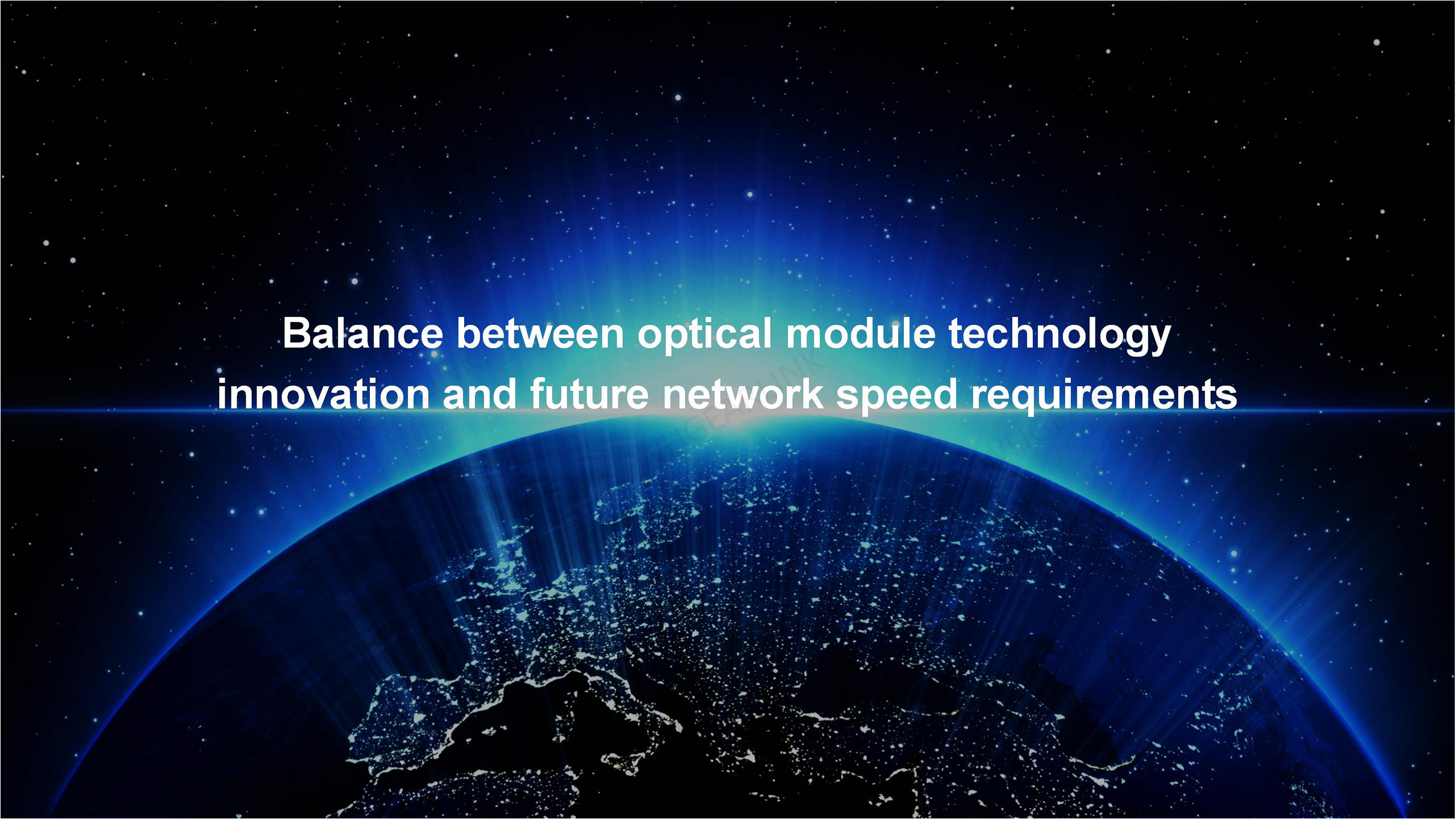This article explores the balance between optical transceiver technology innovation and future network speed requirements. By analyzing industry statistics and product parameters, this article points out that innovation in optical transceiver technology is the key to meeting future network speed needs. The article discusses the development history of optical transceiver technology, current network speed requirements, and the direction of optical transceiver technology innovation, aiming to show readers the importance and impact of optical transceiver technology innovation on future network speed requirements.
With the rapid development of network applications, the demand for network speed is also increasing. Future networks, such as 5G, Internet of Things, cloud computing, etc., will place higher requirements on network speed. Innovation in optical transceiver technology has become one of the key factors to meet these needs. This article will discuss the development history of optical transceiver technology, current network speed requirements, and the direction of optical transceiver technology innovation.
First, let’s review the development history of optical transceiver technology. The optical transceiver is a key component that combines communication equipment with optical transmission media. It can realize functions such as modulation, amplification, detection, transmission and reception of optical signals. With the maturity and application of optical fiber communication technology, optical transceiver technology has also developed rapidly. From the initial simple optical transceivers to today's high-speed, long-distance optical transceivers, innovations in optical transceiver technology have provided strong support for the improvement of network speeds.
Second, we look at current network speed needs. According to industry statistics, global data transmission volume is growing exponentially every year. In the future, with the popularization of 5G technology, large-scale connection of IoT devices and the popularization of cloud computing applications, the demand for network speed will further increase. For example, 5G networks will provide higher bandwidth and lower latency, the Internet of Things will connect billions or even tens of billions of devices, and cloud computing will require large-scale data processing and storage capabilities. These have put forward higher requirements for network speed, and innovation in optical transceiver technology is the key to meeting these demands.
Finally, we discuss the direction of optical transceiver technology innovation. As network speed requirements continue to increase, optical transceiver technology also needs to continue to innovate to adapt to new challenges. One of the important innovation directions is to improve the transmission rate and capacity of optical transceivers. At present, high-speed optical transceivers have achieved breakthroughs in transmission rates per channel reaching 400Gbps or even 800Gbps. In the future, optical transceiver technology will also face higher transmission rates and greater capacity requirements, which require further improvements in the integration, power efficiency and reliability of optical transceivers.
In addition, the miniaturization and low cost of optical transceiver technology are also one of the directions of innovation. With the rise of applications such as hyperscale data centers, there is an increasing demand for miniaturized, high-density and low-power optical transceivers. Innovations in optical transceiver technology should focus on reducing the size and manufacturing costs of optical transceivers to meet the needs of these applications.
To sum up, innovation in optical transceiver technology is the key to meeting future network speed needs. By continuously improving the transmission rate and capacity of optical transceivers and realizing innovative directions such as miniaturization and low-cost optical transceivers, we can effectively meet the high-speed needs of future networks. With the further development and innovation of optical transceiver technology, we believe that network speeds will continue to increase in the future, bringing more convenience and possibilities to people's lives and work.
Buy optical transceiver transceiver from optical transceiver manufacturer - Gearlink.


